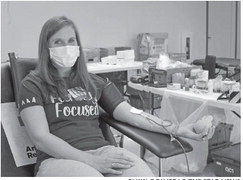County holds line on placement of culverts


If you don’t follow the rules, you don’t get funding.
That was the message Tuesday morning from the Taylor County Highway Committee in the town of Deer ...


If you don’t follow the rules, you don’t get funding.
That was the message Tuesday morning from the Taylor County Highway Committee in the town of Deer ...